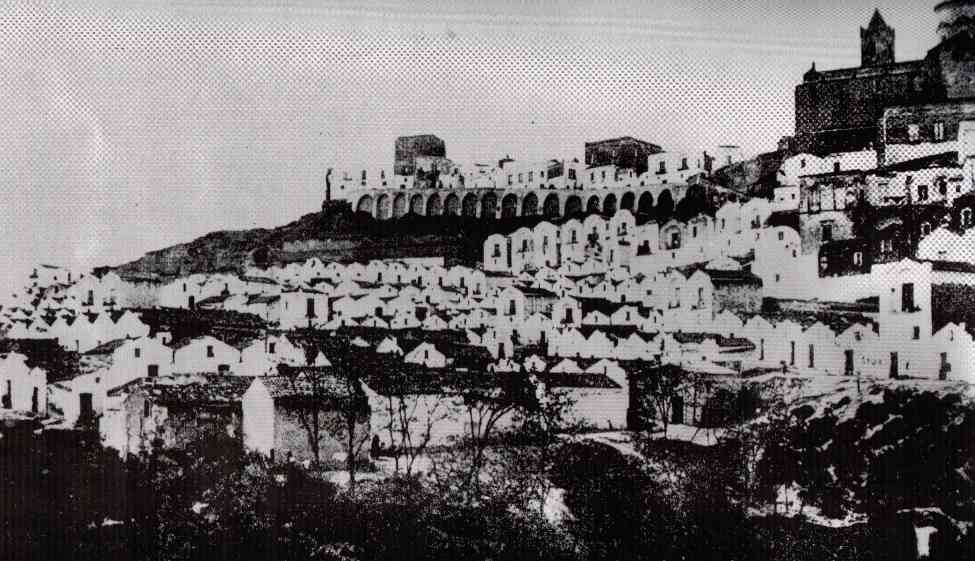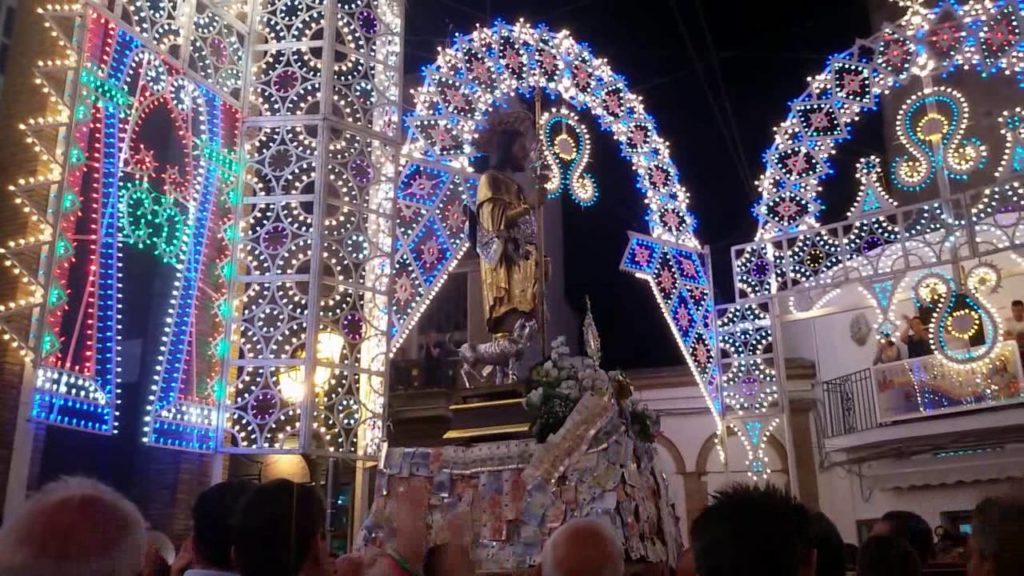Pisticci
In the midst of the Valle del Basento and Cavone is where one will come across Pisticci, spread over three Calanchive (gully/ravines) hills not many kilometres from the Jonic Coast.
History
Pisticci’s foundation came about by the hands of the Enotri during the Iron Age (IX century BC) as testified by Necropolises (VII century BC) found on the territory. It was a centre in contact with the Greek culture of Metaponto, enduring vast cultural influences. During the V century BC it excelled in pottery production in Attic style which had its maximum exponent in the so called “Pittore di Pisticci” (Pisticci Artist); probably an artist who had emigrated from Greece.
During the III century BC, following the defeat of Taranto, Pisticci also entered under the orbit of Rome and over the years became an important agricultural centre; mainly for olives.Its name derives from the Latin Pesticius, that is pasture land. Another etymology suggests it derives from the Greek pistoikos, signifying “loyal place”, seemingly a named earned in the field of war against the Romans (III century BC).
During the High Medieval period it was a Byzantine centre which saw the arrival of Basilian monks escaping from iconoclastic persecution operating in the East. These monks formed new communities and also erected monasteries in Pisticci.
The district of Terravecchia was created and then made a fief of the Normans during the XI century.
Under the Swabians, Pisticci was assigned to the Sanseverino family (1212) who were succeeded by the Spinelli family only during 1553. It then passed to the Acquara and Càrdenas families. Over the centuries the terrain where the village lay gave way to landslides. The one during 1688 was terrible and caused partial demolition of the ancient district of Terravecchia.

A visit to the City
The Mother Church, dedicated to Saints Peter and Paul, is situated in a panoramic position facing the ruins of the ancient Norman Castle. It guards canvases from the Neapolitan School and precious wooden altars. Its bell tower dates back to the era of the previous church (XII century).In the City, which is characteristic for its white houses, is where one will come across the Sant’Antonio Church which preserves canvases of Domenico Guarino. In the ancient district of Terravecchia, at 1km from the Village, one can visit the Santa Maria del Casale Abbey (XI-XII century).In the San Basilio locality, one can visit the Masseria Berlingieri, derived from the Castle which was erected during 1050 by Robert Guiscard, then handed over to the Basilian monks (1133) and later the Benedictines.
Place of interest
The ruins of the Norman Castle; The Mother Church of Saints Peter and Paul (1542); Sant’Antonio Church or Convent; Madonna of Loreto Church; Franchi Tower; Dirupo District; Palazzo Giannantonio; Palazzo De Franchi; Palazzo Rogges; Palazzocchio; Immaculate Conception Church (XVI century); Santa Maria del Casale Abbey (XII century); Masseria in the San Basilio locality; Excursions to San Teodoro Nuovo (VII century BC).
Events
Feast of Sant’Antuono on 17th January; Feast of the Assunta on 15th August; Feast of San Rocco on 16th August; Feast of the Madonna delle Grazie on the 2nd Sunday of September in Marconia.



